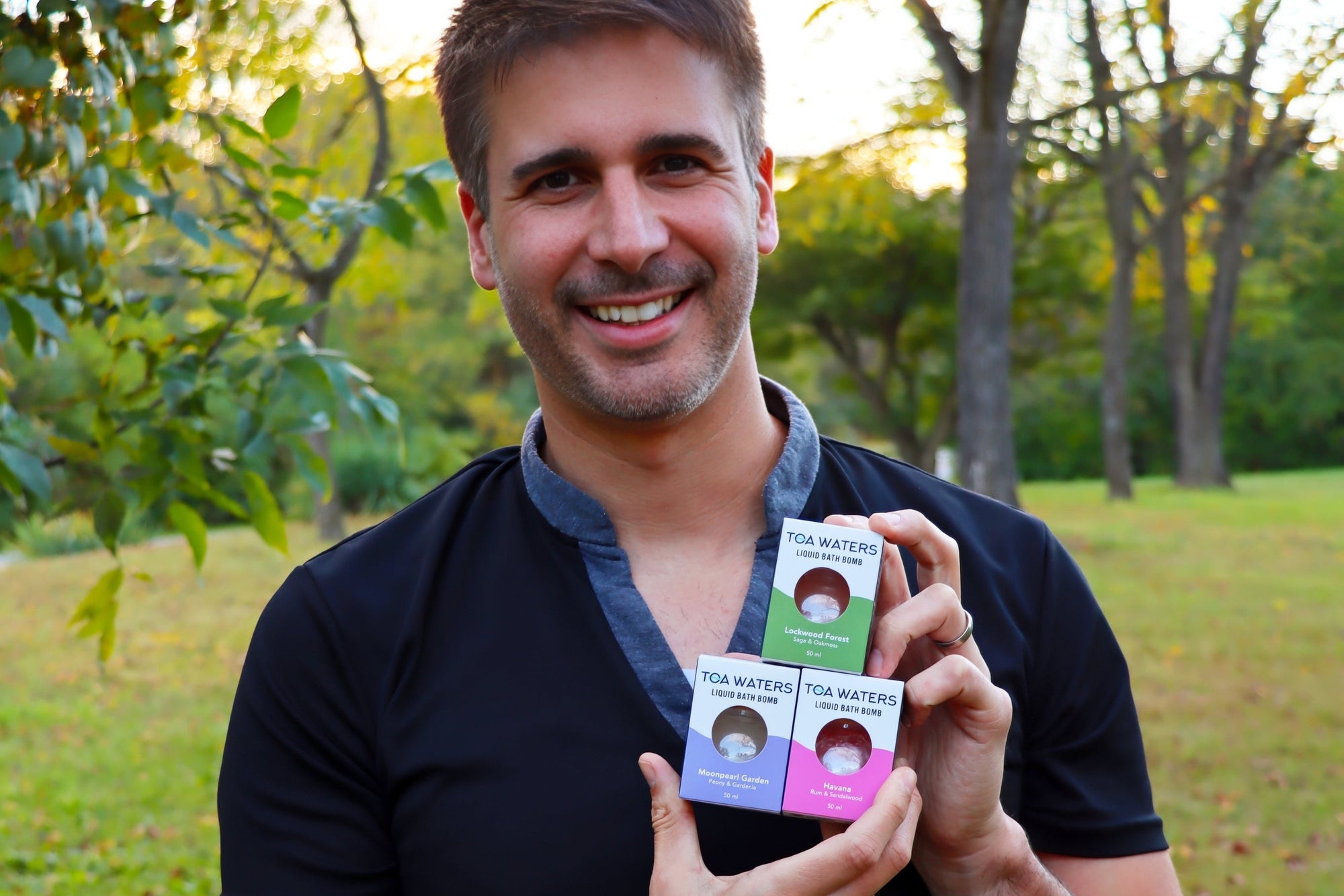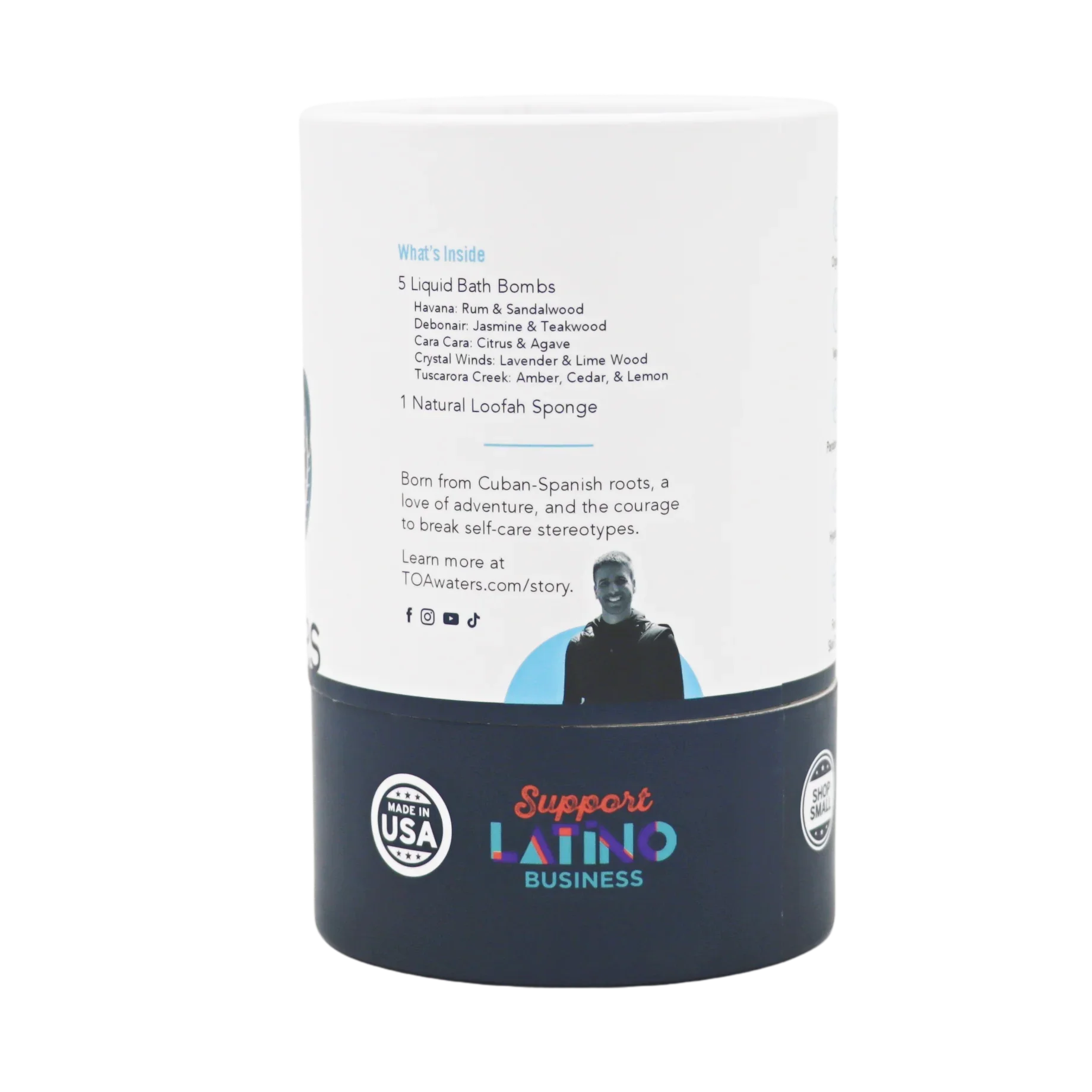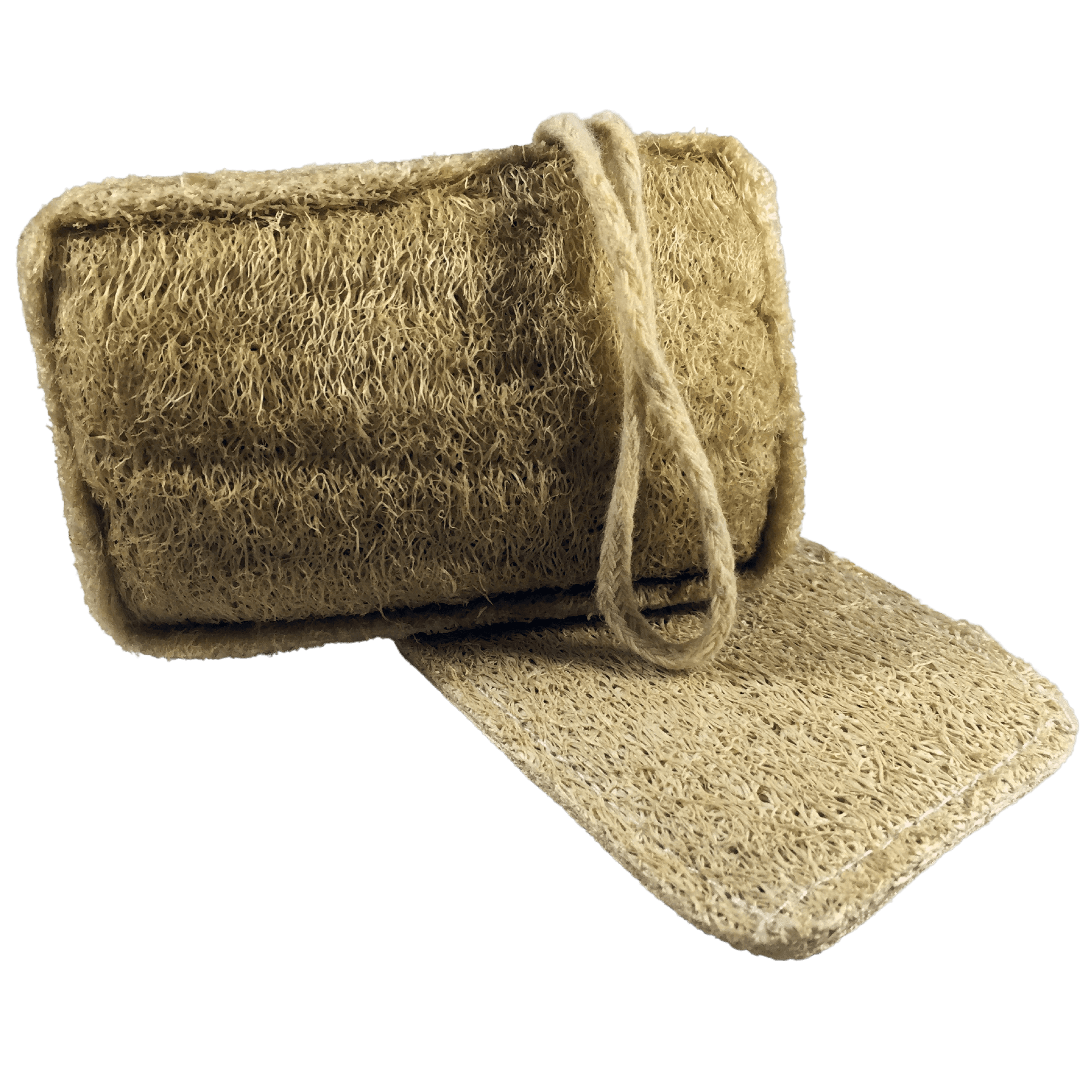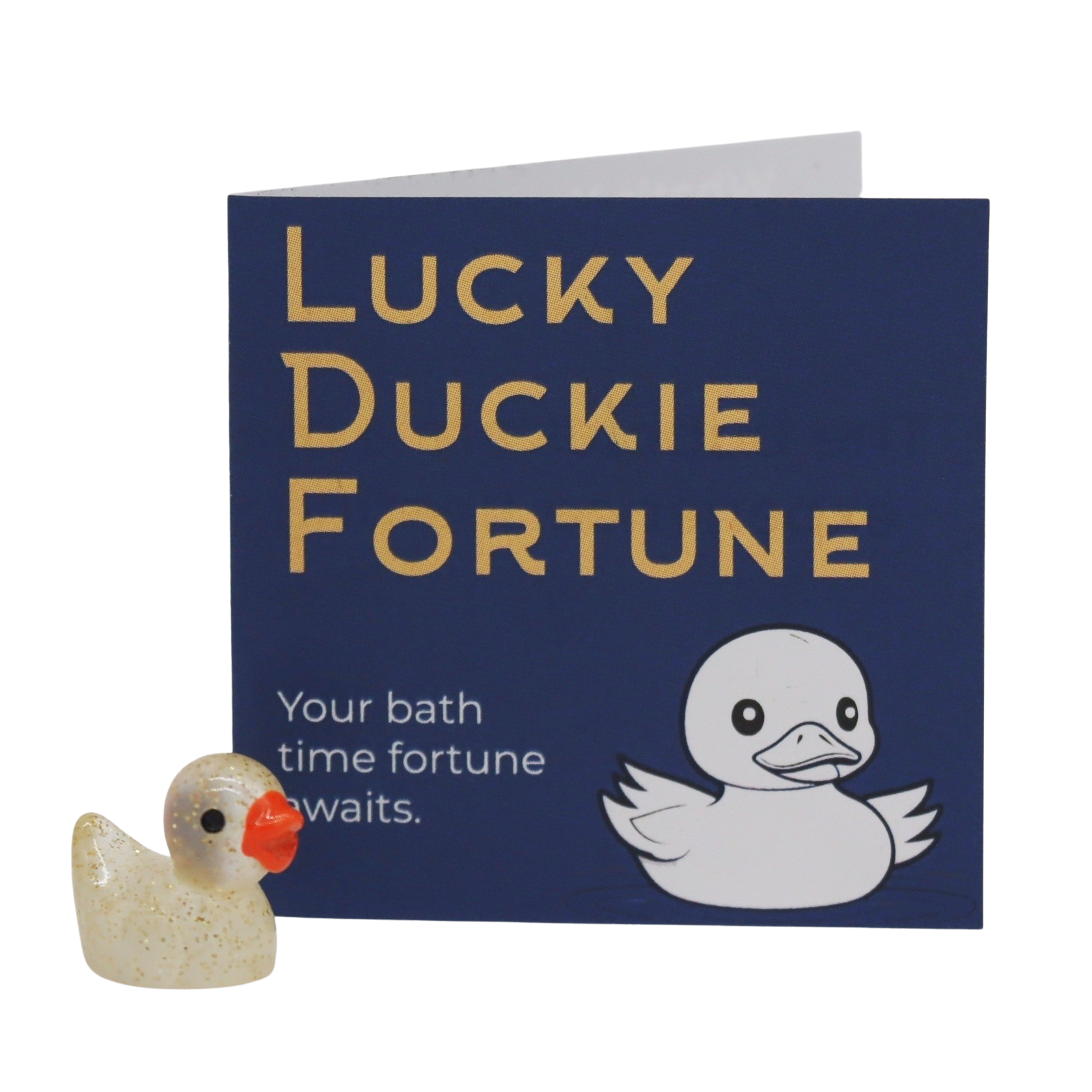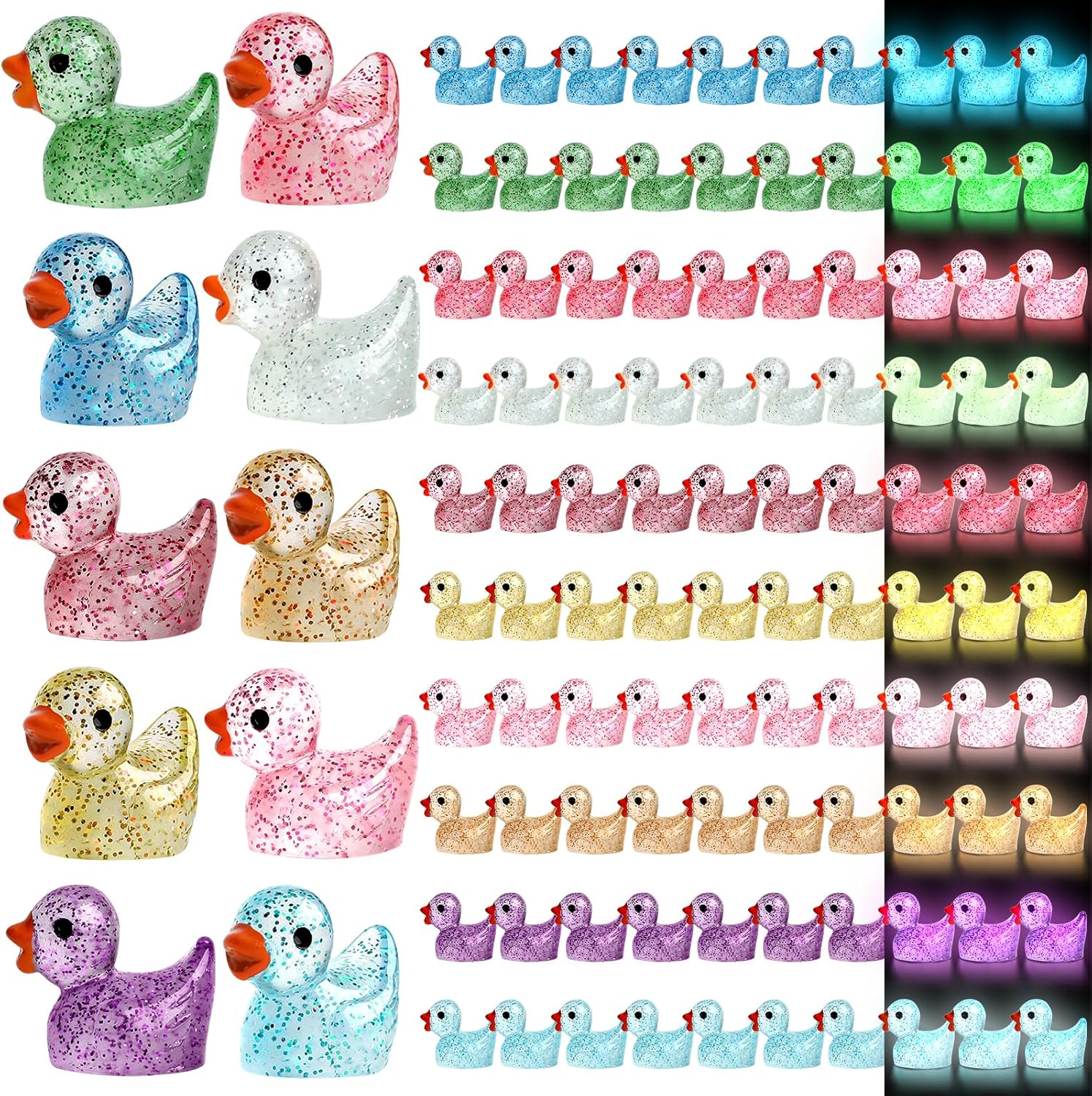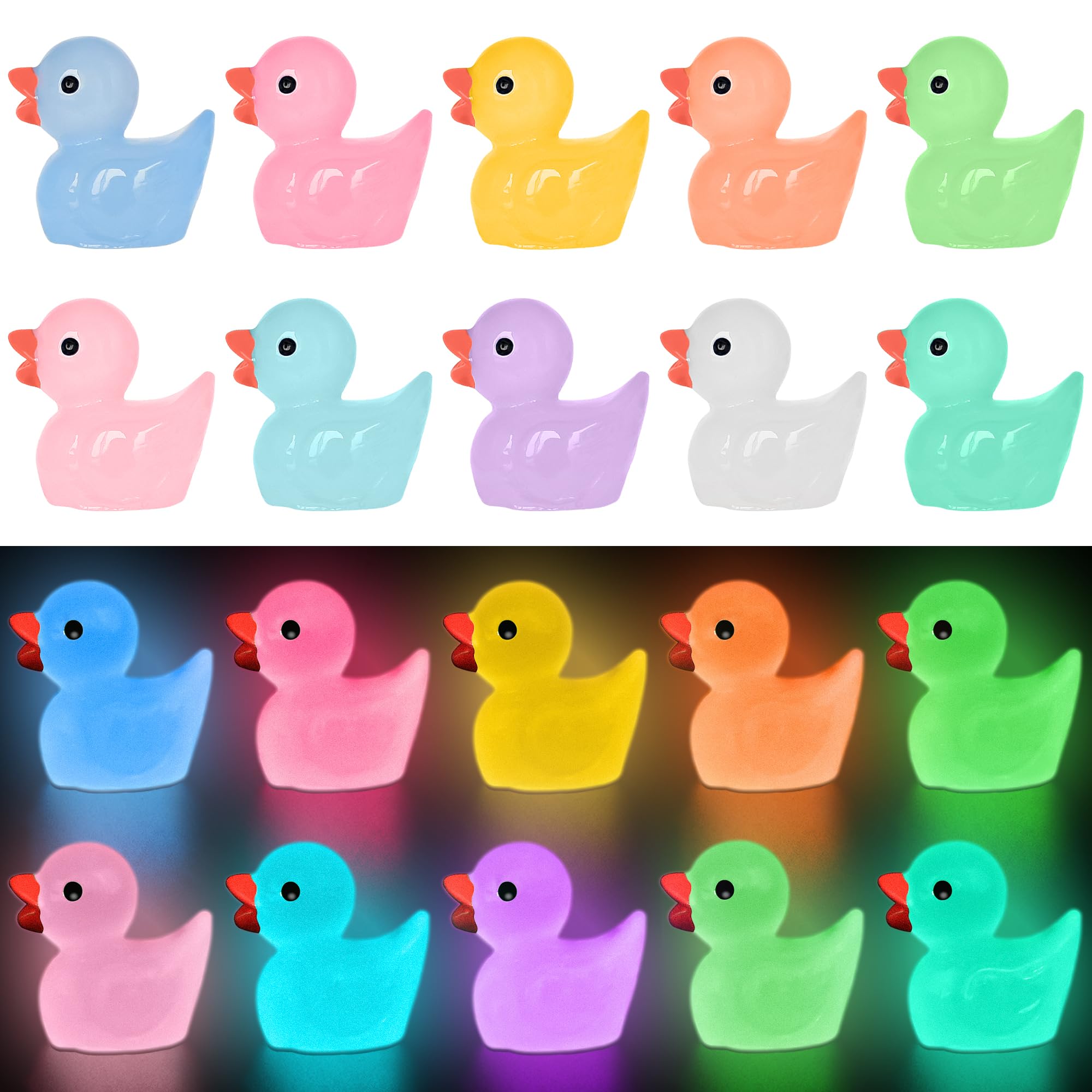Bathing has been a cornerstone of human culture for thousands of years, evolving from ancient rituals to a luxurious act of self-care. Whether it’s a dip in a hot spring, a scrub in a Roman bathhouse, or a long soak in a modern bubble bath, the way we bathe tells a fascinating story about our societies, beliefs, and the quest for cleanliness.
Ancient Beginnings: The Bathing Rituals of Early Civilizations
The history of bathing dates back to ancient times when it was often intertwined with religious and social customs. In Ancient China, bathing practices from the Shang Dynasty (1600–1046 BCE) included cauldrons to boil water and skin scrapers to remove dirt. Fast forward to the Han Dynasty (202 BCE–220 CE), and bathing became so important that officials were allowed a day off every five days just to bathe at home.
Similarly, in Ancient India, bathing was a daily ritual with spiritual significance. Early morning cold-water baths were believed to revitalize the body and remove negative influences, setting the stage for a productive days. In Ancient Greece, the use of small bathtubs and foot baths was common for personal hygiene, and public baths within gymnasiums became social and relaxation centers. The Greeks were followed by the Romans, who took bathing to new heights with their thermae—elaborate public bathhouses that were open to all, regardless of class. These baths were not just for cleaning but were also centers of exercise, debate, and even learning, complete with libraries and rooms for instruction.
The Middle Ages to Modern Europe: Bathing's Ups and Downs
In Medieval Japan, bathing was influenced by Buddhism, leading to the establishment of bathhouses (yuya) in temples. These bathhouses eventually opened to the public, although only the wealthy had the luxury of private baths. In contrast, Medieval Europe saw a decline in public bathing, particularly after the spread of diseases like syphilis and the Protestant Reformation, which imposed stricter views on nudity. However, bathing never completely vanished; it simply evolved. For instance, in the Renaissance and the Protestant Reformation era, the focus shifted more toward the cleanliness of clothing rather than the body itself.
The Rise of Therapeutic Bathing
The 18th and 19th centuries brought a revival of interest in bathing for health and therapeutic purposes. Figures like Sir John Floyer and Dr. James Currie advocated for the medicinal benefits of both hot and cold baths, leading to a new trend in hydrotherapy. Public bathhouses, which had fallen out of favor, began to reappear, particularly in England. The first modern public bath was opened in Liverpool in 1829, marking the beginning of a new era where bathing became associated with hygiene and health once again.
The Art and Culture of Bathing
Bathing has also been a source of inspiration for artists throughout history. From the Renaissance to Impressionism, painters have captured the act of bathing in various forms, celebrating its sensuality, its purity, and its role as a daily ritual. Paintings by artists like Titian, Degas, and Ingres often depict mythological or everyday scenes of people bathing, showcasing the timeless nature of this human activity. Evening the painting on the top of this blog post is by Jean-Léon Gérôme of Bathsheba bathing while being watched by King David.
Modern Bathing: From Necessity to Luxury
Today, bathing is more than just a means of getting clean—it's an experience. With the advent of modern plumbing, baths have transformed into a form of luxury and self-care. The bubble bath, for instance, has become synonymous with relaxation, providing a retreat from the stresses of everyday life. This modern twist on an ancient practice is all about indulging in a moment of peace and tranquility.
Final Thoughts: Bathing Through the Ages
Bathing has evolved from a communal, often spiritual practice to a private, often luxurious one. Whether it's for religious, therapeutic, or purely hygienic reasons, the act of immersing oneself in water has always been about more than just getting clean. It's a way to connect with oneself, to relax, and to take a break from the world. So next time you draw a bath, think about the long and fascinating history behind this simple yet profound act.







